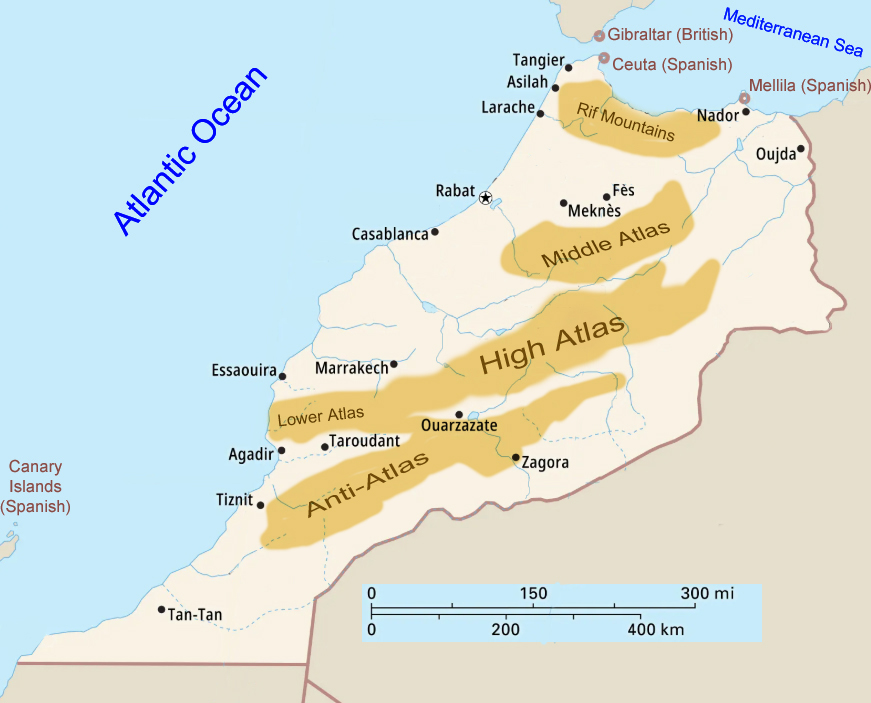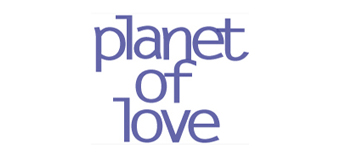mahendra’s morocco
© mahendra myshkin 2025
My personal story with Morocco began in 2022 through a hike to the Atlas mountains and—quite unexpectedly—led to my decision to get married for the first time in my life in 2024. The legal requirements for marriage and visas, combined with my ongoing curiosity for nature and culture, resulted in many journeys across the country which inspired the following illustrated documentations. You will see that Morocco is a feast for the traveler’s senses, it offers a wide variety of natural beauty, and a rich cultural heritage, reflecting the colorful and changeable history of the country. The individual articles are sorted by geographical region and may combine pictures from several trips to that region. For a geographical and historical overview you may scroll down further.
The landscape of present-day Morocco is dominated by the Rif Mountains and Mediterranean coast in the north, the Middle Atlas, the High Atlas and the Anti-Atlas mountains stretching from the southwest to the north east, the Sahara in the southeast, the Atlantic coast in the west, and flat or slightly hilly lands in between.

The area has been inhabited since prehistoric times. Archaeological excavations suggest that the domestication of cattle and the cultivation of crops both occurred in the region from 5000 BCE onwards by ancestors of the modern day Berber people. From the first millennium BCE, it became part of the early Mediterranean trade networks through the Phoenicians and later the Carthaginians. After the fall of Carthage, the region was incorporated into the Roman Empire as the province of Mauretania Tingitana. Traces of the first settlements are shown in the “Roman heritage” and “Rabat” sections.
With the arrival of the Arabs in the 7th century, Islam and Arabic culture spread across North Africa, merging with the traditions of the indigenous Berber (Amazigh) peoples. Over the centuries, Morocco was ruled by successive Berber and Arab dynasties, most notably the Idrisids (789–974), the Almoravids (c. 1060 – 1147), the Almohads (c. 1121–1269), and the Marinids (c. 1244–1465). They also ruled over parts of Spain. Moorish art and architecture developed in those centuries. Later dynasties struggled with French and Spanish colonial rule which lasted until 1956, when Morocco regained its independence under the kings of the Alawi dynasty. Each leading group left behind distinctive architectural, cultural, and political legacies that remain visible today.


 mahendramyshkin
mahendramyshkin




